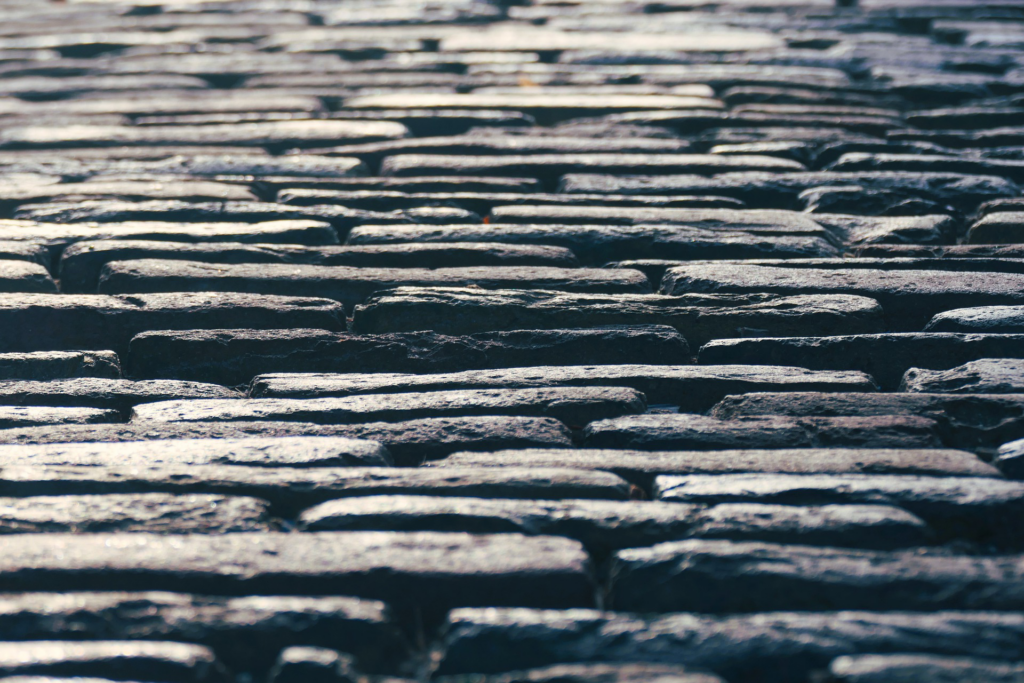St. Michan’s Church and Crypt
St. Michan’s Church is an historic Church of Ireland church located in Church Street, Dublin 7, Ireland. The church is renowned for its unusual vaults, which house a number of mummified remains, as well as for its fine woodwork and historic organ. The church has a fascinating history, dating back over 900 years.
The earliest Christian chapel on the site of St. Michan’s Church dates from 1095 and was built by the Vikings. The current structure largely dates from a reconstruction undertaken under William Robinson in 1686, but it is still the only parish church on the north side of the River Liffey that has survived from a Viking foundation. Over the centuries, the church has served the spiritual needs of both Catholic and Protestant parishioners in Dublin.
While the exterior of the church may be unimpressive, the interior boasts some fine woodwork, including a magnificent organ, which is said to have been played by Handel himself. The organ dates back to 1724 and is housed in an eighteenth-century organ case constructed by John Baptiste Cuvillie between 1723–1725. The Swell division features a slider soundboard, with separate pneumatic underaction, while the Great and Choir divisions are served by sliderless ventil chests. Stopaction is pneumatic throughout.
In front of the gallery is the Organ Trophy, a carved wooden piece which depicts 17 musical instruments and was installed in 1724. It is widely believed that Handel practiced on this organ in preparation for the first performance of his famous oratorio, Messiah.
However, the real draw of St. Michan’s Church for many visitors are its vaults. The walls of the vaults contain limestone, which has kept the air dry, creating ideal conditions for preservation. As a result, the vaults have housed a number of mummified remains over the years. Among the preserved remains is the 400-year-old body of a nun, a six-and-a-half-foot man popularly believed to have been a crusader, a body with its feet and right hand severed, and the Sheares brothers—Henry and John—who took part in the 1798 rebellion. The various holders of the title Earl of Leitrim were also interred here.
The vaults have suffered damage from vandals over the years. In 1996 and again in early 2019, a number of crypts were damaged. Following the 2019 incident, Archdeacon David Pierpoint reported that several mummified remains had been desecrated by vandals, including the remains of a 400-year-old nun and the decapitation of the 800-year-old ‘crusader’.
Despite these incidents, the church vaults are open to tours on Saturdays, and seasonally on some weekdays, receiving approximately 27,000 visitors during 2018. Following the vandalism event in early 2019, these tours were temporarily cancelled but resumed by early July 2019.
In conclusion, St. Michan’s Church is a fascinating and historic site that has played an important role in the religious and cultural life of Dublin for over 900 years. Its vaults, with their unique collection of mummified remains, make it a particularly unusual and intriguing destination for visitors. Meanwhile, the church’s fine woodwork and historic organ make it a must-visit destination for music lovers. Despite the damage caused by vandals, St. Michan’s Church remains a testament to the enduring spiritual and cultural heritage of Dublin.



